Story Movie
![Battle Royale 4K 2000 JAPANESE DC Ultra HD 2160p]()
Battle Royale is a government-sanctioned brutal game in which schoolchildren are forced to participate at gunpoint and the threat of extermination. On a desert island, 42 high school students will mercilessly destroy each other for three days using random objects and ingenuity. Only one will return alive from the island.
Review 4K Movie
The plot came out of a dream: a mental image of the teacher, on his face - the brightest of smiles: 'Okay, class, listen! Today I want you to kill each other. ' It was very funny then ... and at the same time creepy. Kosyun Takami's book was born almost by accident, from an alloy of horror and laughter, King's novels and a professional wrestling show, with his cruelty and betrayal, playing friends and enemies. Only Takami went much further: after all, deceiving a friend is not at all the same as betraying and shooting the closest person for the sake of his own life ... And the novel became a bestseller, and then the founder of the game genre and a whole direction in cinema, as well as a kind of archetype of the modern paradigm consciousness. There was something in the plot of the Japanese writer that worked with the effect of a short circuit, here and now (those same ideas floating in the air), and gave Tarantino a reason to place the film based on the book in his top.
The adaptation of Kinji Fukasaku seems to return to the source, conveying the details and tonality of the author's dream. The horrors of the totalitarian state, described in the more politicized and frankly naturalistic text of the novel, fade into the background. Battle Royale is not a program of intimidation and enslavement of the people, but an educational project designed to re-educate the younger generation that has gotten out of hand. The place reserved for the curator of the game - an official, a fanatic of the system, in the film was taken by the former class teacher Kitano. He also brings the children to a desert island and, with an irresistible smile, offers to play a game of flying. And the situation repeats itself: once the school teacher had already gathered the children on a similar island isolated from the world and watched with dispassion how their souls sprout with the shoots of evil. And in Sartre's optimistic "man chooses himself" Golding, with sarcastic regret, demonstrated the "sparkling world of evil murder." There is a darkness in every person that he cannot deny. And in most cases, freedom can only play a draw with it. 'Battle Royale' at its turn fits into this eternal existential controversy. Now another teacher is conducting a ruthless experiment, putting on a stake the soul of his student - the only one who accepted him in the world, which he is now trying to petty and perverse revenge in the face of teenagers exterminating each other. But, if Her freedom can overcome this mutual guarantee of darkness, then it means that his small, useless life will become justified.
In the film, the image of the game's curator, the hero Takeshi Kitano, is endowed with a depth of drama, with some kind of hidden despair. A tired and doomed man is hiding under the guise of a cynical monster. For all the shocking, almost grotesque inhumanity of the movie, Fukasaku is distinctly moralistic. Actually, this is one of the characteristic features of Japanese cinema: to see the soul in a demon, beauty in ugliness, life in death. Most likely, such a strange ambivalence of the 'Japanese pendulum' with the amplitude of oscillation of 'Miyazaki - hentai', coupled with a very special attitude towards death (a mixture of Buddhism and samurai ethics) paradoxically duplicates modern European thought, the two cultural codes practically merge together, resulting in the 'Royal Battle' to the vastness of the world. Tarantino's reverence is also understandable: in Fukasaku's film, the degree of absurdity sometimes goes off scale, fountains of blood beat, the camera does not have time to move from one end of the island to the other in order to record another tragicomedy of death - the embodiment of the author's dream, the very horror bordering on farce. It seems that one more step and the picture will turn into a visual illustration of Baudrillard's 'death of death' - a desacralized and multiplied end of the posthuman. In three days, 40 children were killed in various ways or committed suicide. Even the maestro himself did not deal with his heroes so famously. I recall the later 'Slaughter Vacation', which arose under the clear influence of the Japanese bestseller.
But in the film of the Japanese the line is not crossed, because death is really terrible here. The picture fascinates with the feeling of this sudden closeness and inevitability of the end, when you remain in absolute loneliness in front of the truth unacceptable for consciousness, in complete powerlessness to change something. This is not in the plot of The Hunger Games, as in many other film variations. In Fukasaku's painting, a terrible reality hits the children unexpectedly, with no hope of salvation, because only one should remain alive. And before that, they were all ordinary teenagers and led the life of the average student. Revenge, fear, cruelty, mistrust, misunderstanding - everything is exposed and turns into a rotting abscess in the face of death. And through the veil of hopelessness, an inevitable choice is made - the loss or the painful finding of oneself. This is the royal battle: a game that tears out of deception, a simulacrum that tears off the veil of hyperreality and returns to life, because in the end, death, equal only to itself, awaits - 'the most humane that is in ourselves'. This is what a French philosopher once said, but I think any Japanese would not hesitate to support him.
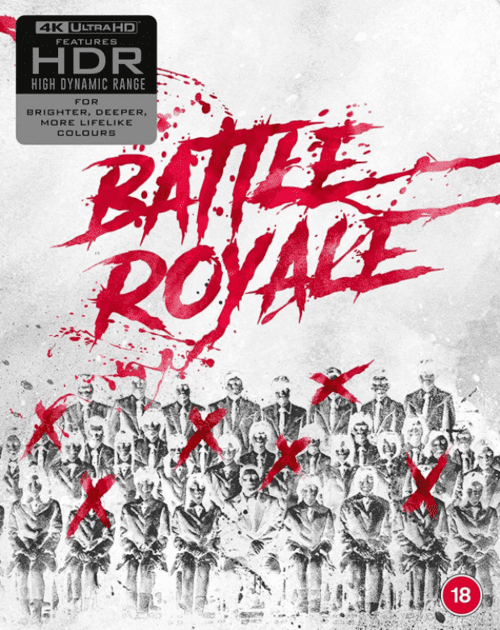



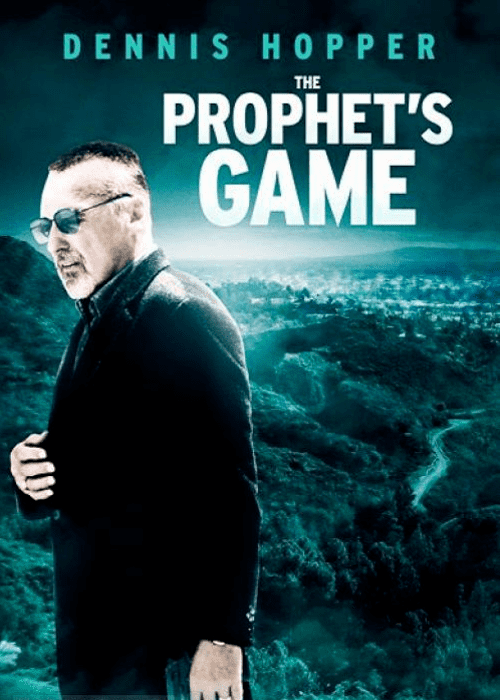 [/full-link]
[/full-link]
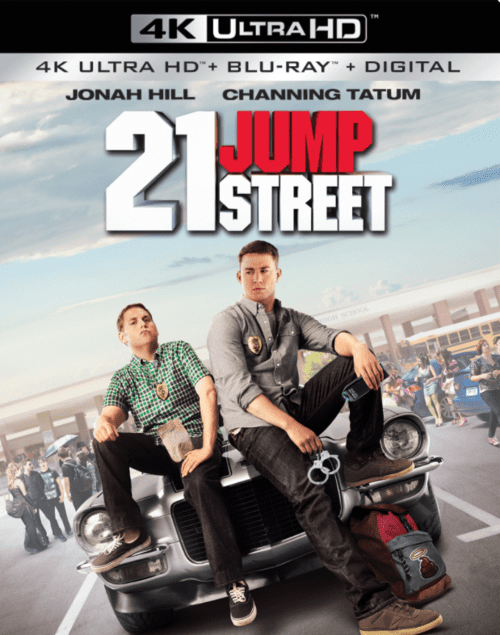 [/full-link]
[/full-link]
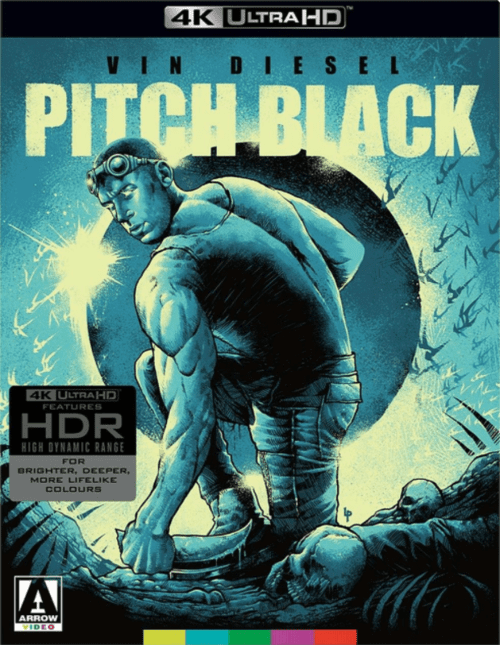 [/full-link]
[/full-link]
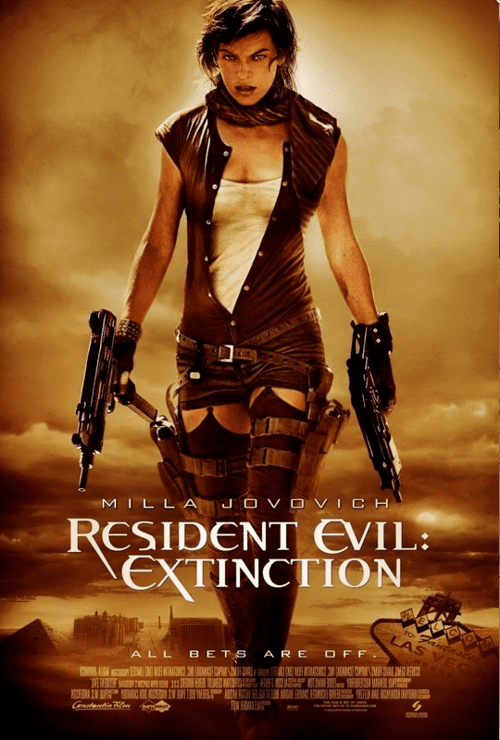 [/full-link]
[/full-link]
